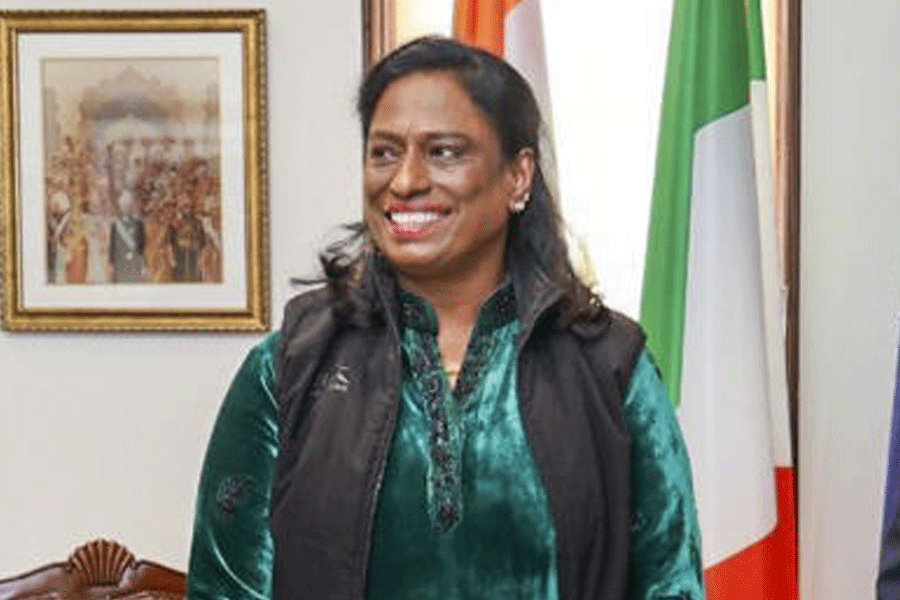The Centre has proposed a 0.2 per cent increase in its budget outlay for health and medical research for 2022-23, disappointing sections of health experts who had hoped the extra spending momentum during Covid-19 would continue.
The Union finance ministry has earmarked Rs 86,200 crore for the health and family welfare and health research departments for 2022-23, only Rs 200 crore higher than the anticipated expenditure of Rs 86,000 crore last year.
The outlay includes Rs 83,000 crore for health, a 1 per cent rise over last year’s revised expenditure of Rs 82,920 crore.
“Taking 6 or 7 per cent inflation into account, this is a fall in funding,” said Selvaraj Sakthivel, director of health economics, financing and policy at the Public Health Foundation of India, New Delhi.
Several major long-standing health programmes covering chronic diseases, hospital-based care and mental health will during 2022-23 receive the same level of funding they got last year.
The budget has allocated less than Rs 6,000 crore for the Pradhan Mantri Ayushman Bharat Health Infrastructure Mission, a new initiative announced last year to improve infrastructure, including lab and critical care facilities, in rural and urban centres. Sakthivel and others say the PMABHIM should have received Rs 10,000 crore.
The Centre had during its February 2021 budget announced the PMABHIM, pledging Rs 64,000 crore over six years to support over 17,700 rural health centres, 11,024 urban health centres and 3,382 block public health units, among other activities.
“The amount spent on PMABHIM over the past year is only about Rs 900 crore and the budget has proposed less than Rs 6,000 crore for the coming year — nowhere near the Rs 10,000 crore we’d expect each year,” Sakthivel said.
The national programme for the control of cancer, diabetes and cardiovascular diseases will receive Rs 175 crore, the same amount it got last year.
The finance minister announced a new telemedicine initiative to address mental health, but funds for the national mental health programme remain unchanged at Rs 40 crore.
Experts say the planned Rs 83,000 crore outlay is not sufficient to pull up the country’s public expenditure on health to 2.5 per cent of the gross domestic product, a target the Centre had articulated in the National Health Policy in 2017.
The 2021-22 Economic Survey released by the finance ministry on Monday had shown government spending on health in India had for the first time exceeded 2 per cent of the GDP, but experts say the figure reflects extra spending necessitated by Covid-19.
The survey noted that government health spending had remained stagnant at 1.4 per cent of the GDP for three consecutive years — 2016-17, 2017-18 and 2018-19 — and rose to 1.8 per cent 2020-21, the first year of Covid-19, and 2.1 per cent last year.
“We’ll have to wait for a non-pandemic year to see what happens,” said Indrani Gupta, professor at the health policy research unit and officiating director at the Institute of Economic Growth, New Delhi.
All of India’s public health responses to the epidemic — from testing, containment and surveillance to bolstering hospital resources for treatment to vaccine administration — have added to the health expenditure over the past two years.
“We should have used this opportunity to raise health funding and not to reduce it to pre-pandemic levels,” said R. Ramakumar, professor of developmental economics at the Tata Institute of Social Sciences, Mumbai. “But the outlay announced today is disappointing.”
The outlay for the Centre’s flagship Pradhan Mantri Jan Aarogya Yojana, an insurance plan for vulnerable households that pays up to Rs 5 lakh for hospitalisation expenses, has also remained stagnant at the same level as last year — Rs 6,400 crore.











